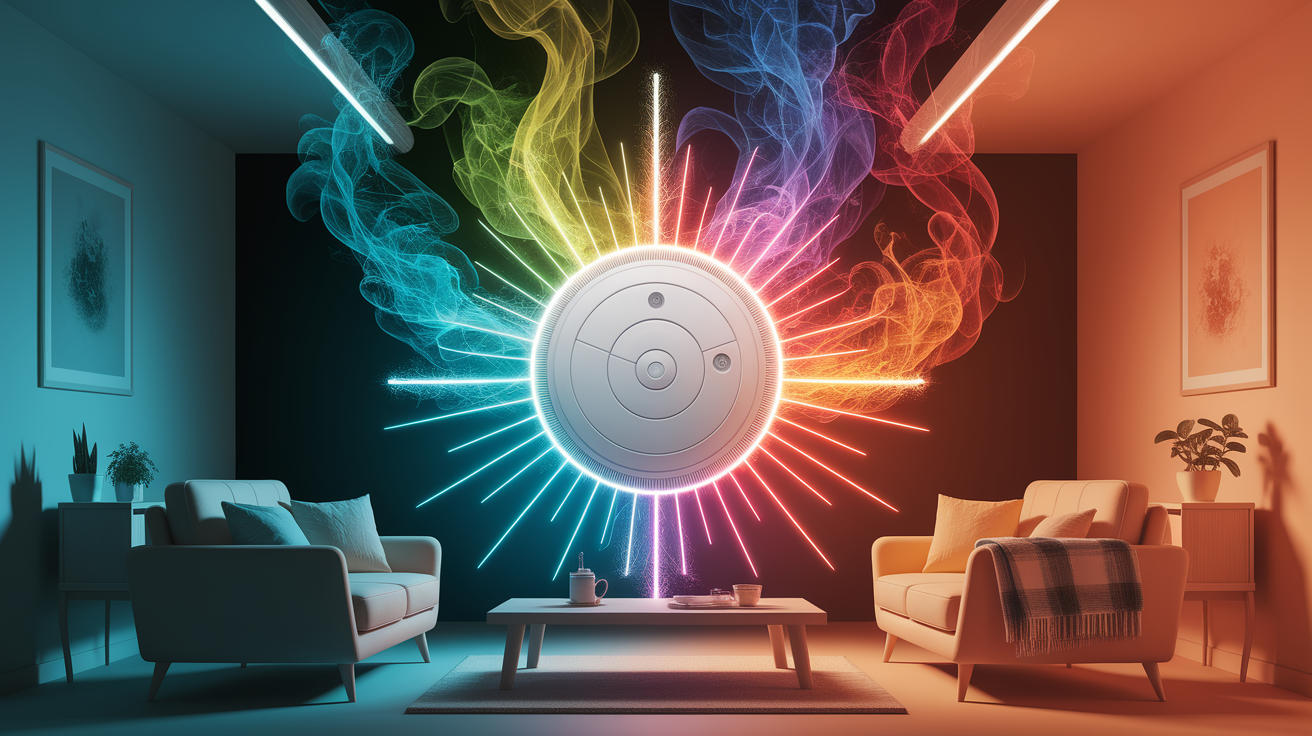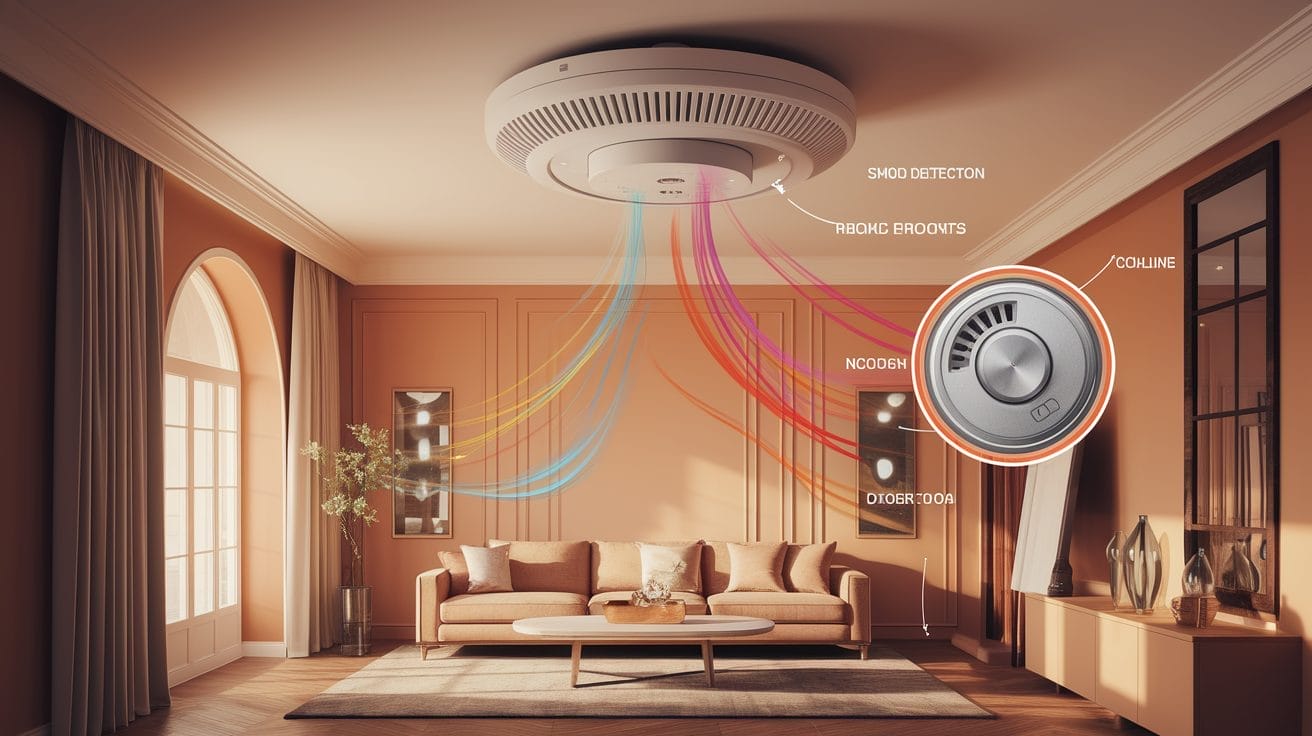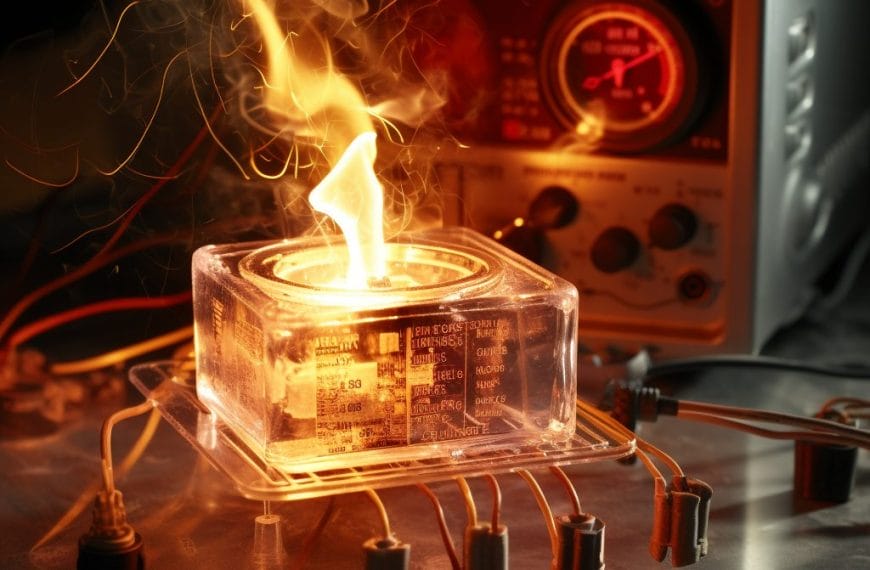Quick Answer: Smoke detectors sense dangerous particles in the air using either ionization or photoelectric technology, instantly triggering an alarm to alert you. By placing them correctly, powering them reliably, and maintaining them, you gain a crucial layer of fire protection for your home.
Spark of Safety: How Smoke Detectors Sense Danger
At their core, smoke detectors are watchful sentinels, detecting trouble before flames get out of control. When smoke particles enter their sensing chamber, they disrupt either an electrical current (in ionization detectors) or a light beam (in photoelectric detectors). This disturbance activates an alarm circuit, producing the unmistakable, urgent beep of a fire alarm.

Think of them as “air detectives”—constantly sampling and analyzing the atmosphere, ready to sound off if something suspicious drifts past their sensors. Whether in a compact apartment or sprawling home, these devices are key fire safety equipment that can make all the difference.
Two Technologies, One Goal: Ionization and Photoelectric Detection
There are two main kinds of residential smoke detectors, each with its own way of spotting danger:

- Ionization detector – Uses a tiny amount of radioactive americium-241 to ionize the air in a smoke chamber. Normally, ions move freely between two electrodes, allowing a small current to flow. Smoke particles latch onto these ions, breaking the current and activating the alarm. This type responds quickly to fast-flaming fires.
- Photoelectric detector – Employs a light beam aimed across its chamber, with a photodetector set at an angle. In clean air, the beam doesn’t hit the sensor, but when smoke scatters the light, photons reach the sensor, and the alarm sounds. This design is particularly sensitive to slow, smoldering fires with thick smoke (learn more about photoelectric detection here).
Some modern devices blend both detection technologies, often alongside other sensors such as carbon monoxide detectors, for broader protection.
Power Up and Placement: Keeping Your Detector Ready
A smoke detector is only as good as its power source and position in your home. Options include:

- Replaceable 9-volt batteries
- Hardwired to house current with a battery backup
- Sealed long-life lithium batteries for minimal maintenance
The National Fire Protection Association (NFPA) recommends:
- Install at least one detector on every floor
- Place inside each bedroom and outside sleeping areas
- Mount high on walls or ceilings, as smoke rises
Stay Vigilant: Testing, Cleaning, and Replacing
Even the best smoke detection technology needs regular care to stay sharp:

- Test monthly – Press the test button to ensure the alarm sounds.
- Replace batteries annually – Or follow the manufacturer’s timeline for sealed models.
- Clean gently – Dust and cobwebs can interfere with sensors; use a soft cloth or vacuum attachment.
- Replace units every 10 years – Sensors degrade over time, making replacement essential for reliability.
False alarms from cooking smoke or steam can happen, especially with ionization detectors, but consistent cleaning and smart placement reduce these events.
Making the Right Choice: Picking the Best Detector for Your Home
Your ideal smoke alarm depends on your home’s layout and common fire risks:

- Kitchens – Often better served by photoelectric detectors to avoid cooking smoke-triggered false alarms.
- Bedrooms and hallways – A combination of ionization and photoelectric, or a dual sensor device, gives the fastest all-around response.
- Integrated systems – Interconnected alarms mean if one goes off, they all sound, maximizing safety.
Consider extra features like carbon monoxide detection and smart home connectivity for expanded protection.
Peace of Mind in Every Beep
From the moment you power it on, a smoke detector quietly stands guard—its alarm readiness representing a promise of safety. Thanks to standardized testing and reliable designs, these small devices have dramatically reduced fire fatalities since their introduction. By understanding how they work and keeping them properly maintained, you ensure their beep is more than just a sound—it’s a lifesaving signal.













